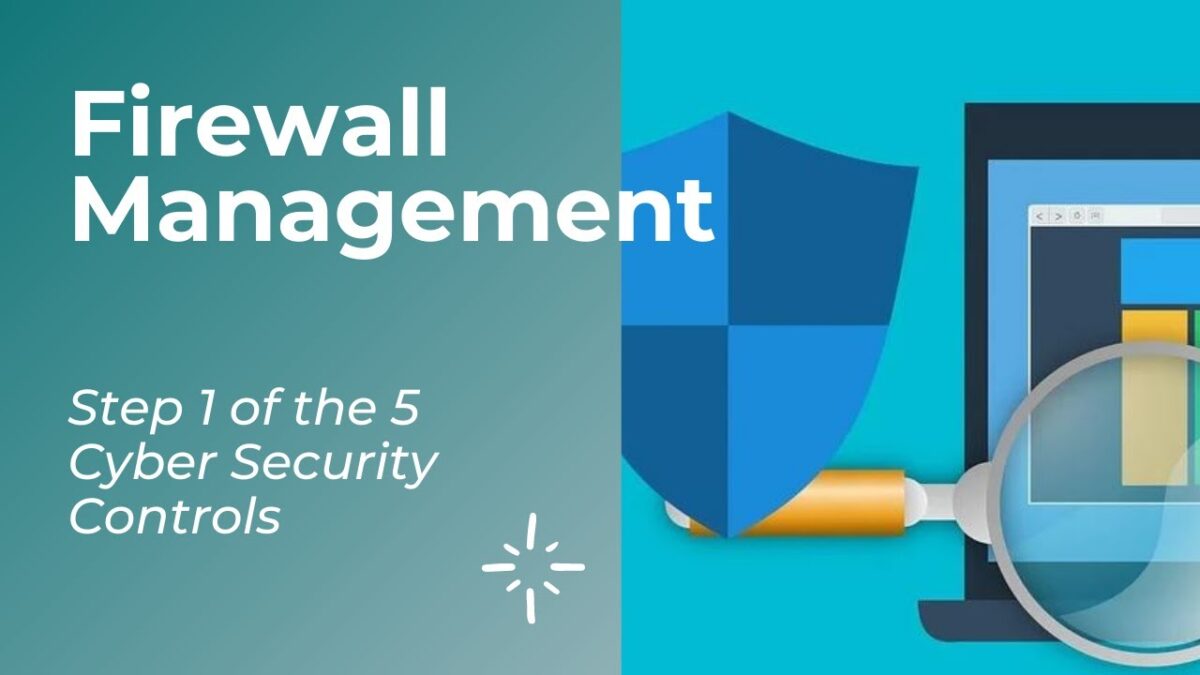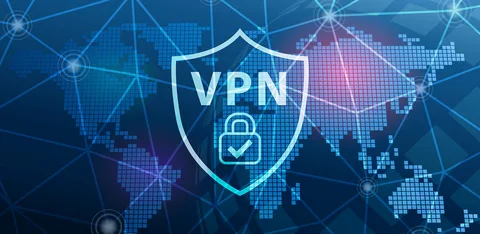How do you find the bottleneck of a game?
In the realm of gaming, the term “bottleneck” refers to a specific hardware component that hinders the overall performance of your system. It’s like a traffic jam on a highway, where a slow-moving vehicle impedes the flow of all the cars behind it. Similarly, a bottlenecked component prevents other components from operating at their full capacity, resulting in sluggish gameplay, frustrating stutters, and a less-than-ideal gaming experience.
Identifying the Culprit: CPU vs. GPU
The two primary suspects when it comes to gaming bottlenecks are the CPU (Central Processing Unit) and GPU (Graphics Processing Unit). The CPU acts as the brain of your computer, handling tasks like game logic, physics calculations, and artificial intelligence. On the other hand, the GPU is the muscle, responsible for rendering graphics, textures, and lighting, bringing the game world to life on your screen.
To determine which component is causing the bottleneck, you can utilize various methods, including:
Monitoring Hardware Utilization
During gameplay, monitor the utilization of your CPU and GPU using tools like MSI Afterburner or Task Manager. A CPU bottleneck typically occurs when the CPU usage is consistently at or near 100%, while the GPU usage remains relatively low. Conversely, a GPU bottleneck is evident when the GPU usage is maxed out, while the CPU usage is significantly lower.
Online Bottleneck Calculators
Online bottleneck calculator provide a quick and easy way to assess the compatibility of your hardware components. These calculators typically require you to input the specifications of your CPU, GPU, and RAM, and they will indicate whether any component is significantly weaker than the others, potentially causing a bottleneck.
Testing with Different Graphics Settings
If you suspect a GPU bottleneck, try lowering the graphics settings in your game. If the performance improves significantly, it suggests that the GPU was struggling to handle the higher graphics demands. Similarly, if you suspect a CPU bottleneck, try increasing the graphics settings. If the performance remains unchanged, it indicates that the CPU is already maxed out and unable to handle any additional graphical workload.
Addressing the Bottleneck: Upgrading Components
Once you’ve identified the bottlenecking component, the next step is to consider upgrading it to a more powerful one. However, keep in mind that upgrading one component may not always be enough. For instance, if you upgrade your GPU but your CPU is outdated, the bottleneck might shift to the CPU instead.
Before committing to expensive upgrades, it’s crucial to ensure that your power supply can handle the increased power demands of the new components. Additionally, consider the overall balance of your system. Upgrading a single component significantly beyond the capabilities of the others might not result in a noticeable performance boost.
Bottleneck Calculator: A Handy Tool for Beginners
Bottleneck calculators offer a convenient way for beginners to assess the compatibility of their hardware components and identify potential bottlenecks. These calculators typically require information about the CPU, GPU, and RAM, and they provide a quick assessment of whether any component is significantly weaker than the others.
While bottleneck calculators offer a useful starting point, it’s important to note that they may not always provide accurate results, especially for complex gaming scenarios. For a more definitive diagnosis, consider using hardware monitoring tools or seeking assistance from experienced PC enthusiasts.
Conclusion
Eliminating bottlenecks is essential for achieving optimal gaming performance. However, it’s crucial to strike a balance between component upgrades. Investing in a powerful GPU without a capable CPU might not yield significant improvements, and vice versa. Carefully consider the overall balance of your system and prioritize upgrades that will provide the most noticeable performance gains.
FAQ
What are the signs that my gaming PC is experiencing a bottleneck?
Some common signs of a bottleneck include:
- Low frame rates (FPS), especially in demanding games or when graphics settings are high
- Stuttering or choppy gameplay
- Frequent crashes or freezing
- Inconsistent performance that varies depending on the scene or gameplay elements
How can I identify which component is causing the bottleneck in my system?
There are two main methods for identifying the bottlenecking component:
Monitoring hardware utilization: This involves using tools like MSI Afterburner or Task Manager to track the CPU and GPU usage while playing a game. If one component is consistently maxed out while the other is underutilized, that component is likely the bottleneck.
Using online bottleneck calculators: These calculators can provide a quick and easy assessment of your system’s hardware compatibility and identify potential bottlenecks. However, they may not always be accurate, especially for complex gaming scenarios.
What are the most common types of bottlenecks in gaming PCs?
The two most common types of bottlenecks are:
CPU bottleneck: This occurs when the CPU is unable to keep up with the demands of the game, resulting in low FPS and stuttering gameplay.
GPU bottleneck: This occurs when the GPU is unable to render the graphics quickly enough, leading to low FPS and choppy gameplay.
How can I fix a bottleneck in my gaming PC?
The most common solution to a bottleneck is to upgrade the bottlenecking component. However, it’s important to consider the overall balance of your system and prioritize upgrades that will provide the most noticeable performance gains. For example, upgrading a powerful GPU without a capable CPU might not yield significant improvements, and vice versa.
Are there any other ways to improve gaming performance without upgrading hardware?
Yes, there are a few things you can do to improve gaming performance without upgrading hardware:
Optimize game settings: Many games have graphics settings that can be adjusted to improve performance. Lowering graphics settings can reduce the load on your GPU and CPU, potentially alleviating a bottleneck.
Close unnecessary background programs: Closing unnecessary programs can free up system resources that would otherwise be used by those programs, leaving more resources available for the game.
Ensure your system is up to date: Keeping your operating system, drivers, and game software up to date can often improve performance and stability.
What is the best way to prevent bottlenecks in the future?
The best way to prevent bottlenecks is to carefully consider the balance of your system when choosing components. Avoid pairing a high-end GPU with an outdated CPU, or vice versa. If you’re unsure about compatibility, consider consulting an experienced PC enthusiast or using online compatibility checkers.









